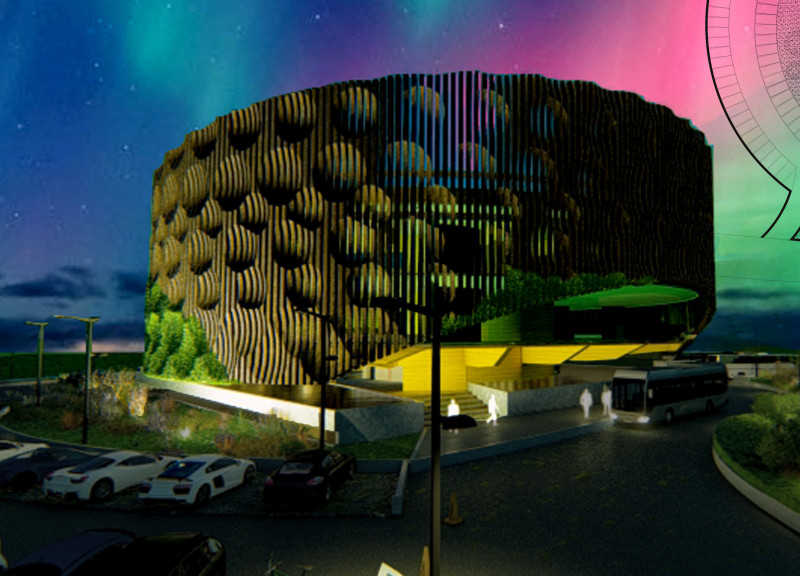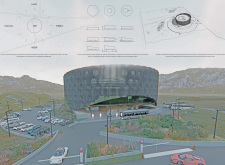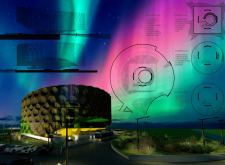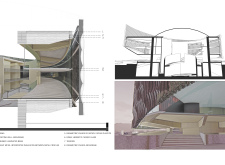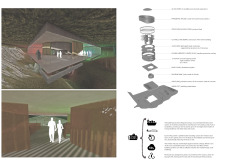5 key facts about this project
The primary purpose of this architectural endeavor is to provide a multifunctional space that supports community engagement, education, and collaboration. The design includes areas such as exhibition halls, coworking spaces, and public facilities. This allows for a diverse range of activities while fostering social interaction and promoting awareness of environmental issues. The building’s aesthetic is characterized by its organic forms and integration with natural elements, reinforcing a connection between architecture and ecology.
Sustainable Design and Materiality
A key feature of this project is its commitment to sustainability. The design incorporates recycled ocean plastics for the facade, demonstrating the potential of innovative materials in reducing environmental impact. Cross-laminated timber (CLT) is used for the structural elements, providing strength and stability while minimizing carbon emissions. The integration of double hermetic curved glass enhances thermal performance and allows natural light to permeate the interior spaces. This focus on environmentally responsible materials not only elevates the building’s performance but also promotes a narrative centered around recycling and resource conservation.
The project’s architectural approach utilizes parametric design techniques, resulting in fluid forms that respond to the climatic conditions of the area. This responsiveness not only contributes to the building’s aesthetic appeal but also enhances its energy efficiency. By maximizing passive solar gains and optimizing ventilation, the design reduces reliance on mechanical heating and cooling systems.
Community-Centric Functionality
The architectural design prioritizes community interaction, offering various spaces that cater to different public needs. The exhibition hall, designed for educational purposes, showcases environmental themes, encouraging visitors to engage with sustainability practices. Collaborative coworking spaces foster creativity and innovation, allowing individuals and groups to work together on projects related to environmental and societal advancements.
The integration of biophilic elements, such as green walls and outdoor gathering spaces, further strengthens the relationship between the building and its environment. These features not only enhance the aesthetic experience but also contribute to the well-being of the users. The project thus serves as a significant asset to the community, promoting ecological literacy and fostering a sense of local identity.
Explore the project presentation for more details on the architectural plans, sections, designs, and ideas that illustrate the unique features of this innovative project.


